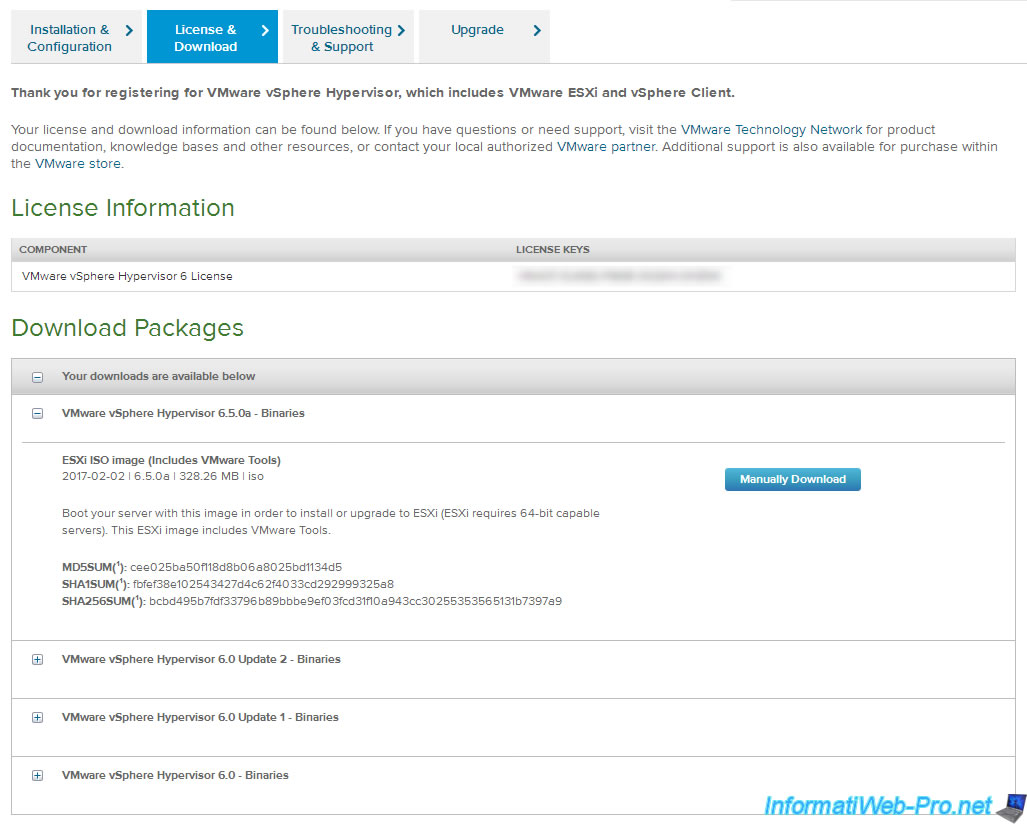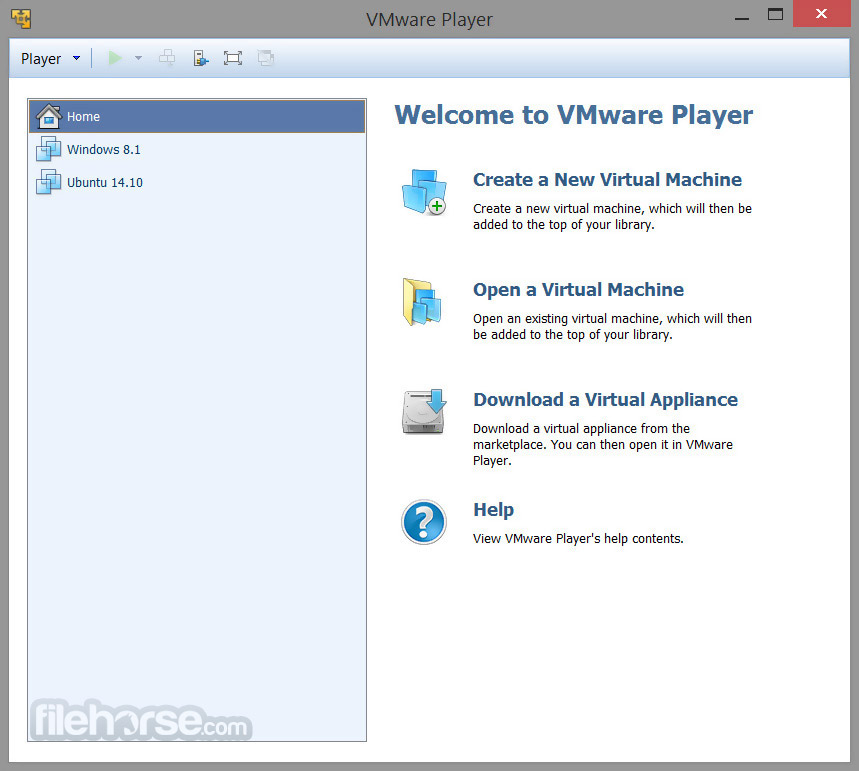

- #Vcenter 6.5 autostart vm how to#
- #Vcenter 6.5 autostart vm manual#
- #Vcenter 6.5 autostart vm software#
You can use keyboard shortcuts in the Query Builder in Standard and Expert modes to build queries without removing your hands from the keyboard. ESXi 4 is the hypervizor without the classic Service Console. Finally, VMware gives you the ability to dictate whether the VM's in Group 2 (and Group 3, and Group 4, etc) should start after a set number of seconds (OR) whether you want the next Group to startup after VMware Tools (a service) has started.Esxi web console keyboard not working 8KB in-browser web console sessions may fail to initialize. Shutdown is done in the reverse order." Well, you can move your servers into the groups using the arrows beside the box (I circled them in the attached image). On the bottom of the window please notice that "All entities in the same group are started before proceeding to the next group. You can right click the vApp -> Edit Settings -> Start Order tab -> then you'll see Group 1 and Group 2. Lets say you want your database server to start before your web server, so you drag them both into your new vApp. I like to create vApps for this, and drag/drop the VM's in question into this vApp. If your cluster experiences a catastrophic failure, you have a couple of options to ensure VM restart priority. You can configure a vApp to help with startup & shutdown order. Everything came back on its own and I didn't have to intervene (I was actually on a plane and got the messages upon landing). Two weeks ago, I had a brownout that tripped a UPS. I wouldn't expect a hands-off startup of the system environment in the scenario you describe.
#Vcenter 6.5 autostart vm manual#
So, this type of issue falls under a real emergency or a manual effort. VMWare HA brought everything back once the storage switch ports were relocated and reprogrammed. I had a lightning strike a few weeks ago that took part of my server room down, including the switch blade containing the storage network. Once vCenter comes up, most of this gets sorted out. I usually have disaffinity rules set for terminal servers, application servers and domain controllers. otherwise it gets started manually.įrom there, I make sure HA and DRS rules are intact. Remember, vCenter is not likely to be available in the cold-start scenario. What I do in this case is set automatic boot and ordering options for the most critical systems typically a domain controller and DNS/DHCP. I've had partial outages where vCenter virtualized as well. Once the shared storage is up, I work on the hosts. This actually works in the situation you describe. If the number of hosts is small or manageable, it's possible to set startup priority in the vSphere client by connecting to the hosts individually. However, any ordering set before the host is moved into the cluster seems to stick.

Enabling HA and DRS seems to disable the Virtual Machine Startup and Shutdown options on the host servers. There doesn't seem to be a clean way to fully manage a cold start of a virtual infrastructure once HA is configured on the individual hosts. Is there any way to tell vSphere "start these VMs in this global order, regardless of the physical host they are running on"?īonus points: if vCenter itself is running on a virtual machine, how does this change things?
#Vcenter 6.5 autostart vm how to#
We all know (or should hopefully know) how to configure automatic VM startup and how to specificy a VM startup order and delay on a single ESX/i host.īut how to do this across a whole datacenter? Your environment is quite complex, and it has natural dependencies between VMs: domain controllers should start first, an application server can't start unless its back-end DB server is already up and running, and so on. Power comes back, and your hosts restart. Or, at least, let's assume the shutdown was not so graceful, but everything is still able to come up again once power is restored.
#Vcenter 6.5 autostart vm software#
You experience a power loss, and, one way or another, you manage to shut down gracefully all VMs and all hosts let's not delve into this for now, let's just assume your UPS software can handle it. Inside, you have lots of VMs, which at any given time may reside on one host or another (that's the whole point of clustering, isn't it?). Suppose you have a fully virtualized VMware infrastructure: ESXi, vCenter, vMotion, HA, DRS, the whole package.


 0 kommentar(er)
0 kommentar(er)
